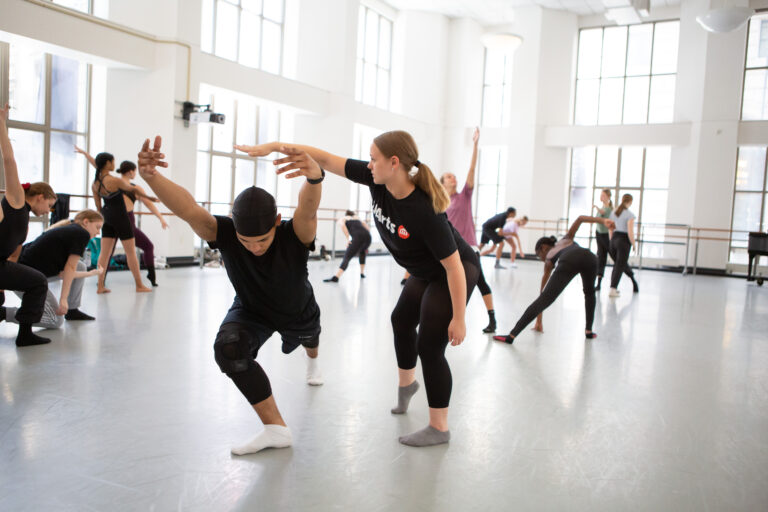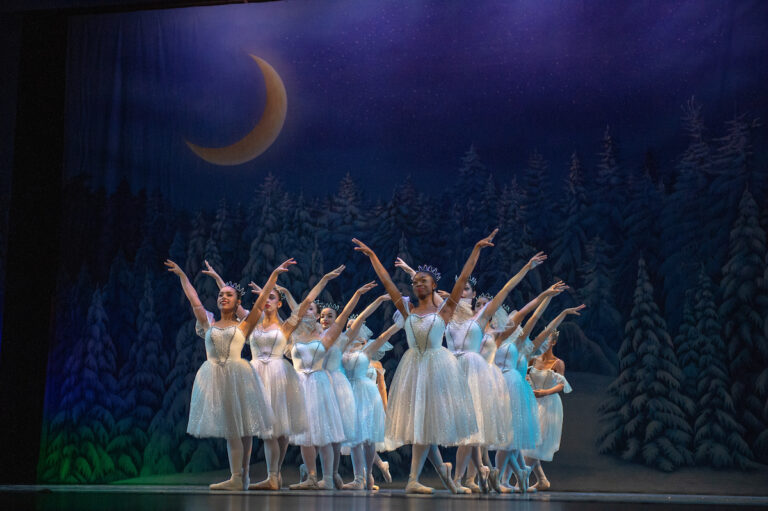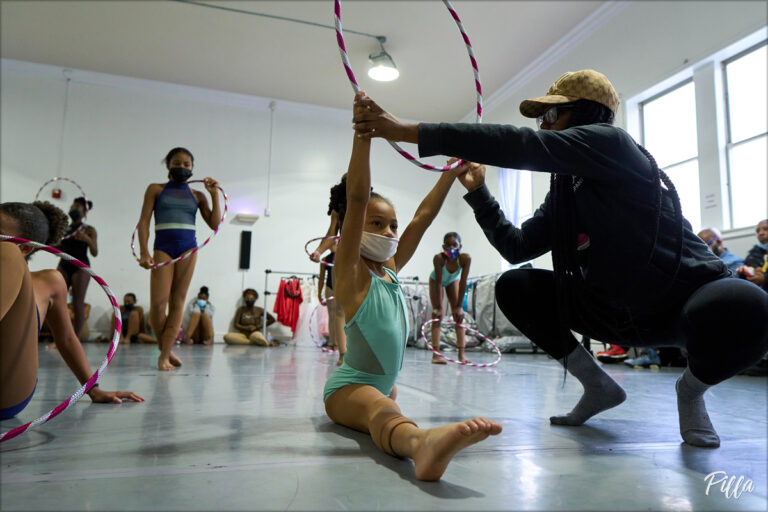
Summertime is notoriously slow for dance studio owners, but bills don’t take a holiday. Learn from three studio owners who figured out how to keep the buzz and cash flowing without breaking a sweat. Their secret formula? Creative summer programming too good for parents to pass up—coupled with quick and easy camps as bonus business builders. Not only do these owners keep their revenue rolling in summer, they use the season to boost enrollment come fall.
Start Summer with a (Revenue) Bang
Jennifer Ness, director of Dance Elite Studio
Seattle, Washington
Summer solution A premium recital package sold at the end of the school year provides a revenue boost to compensate for the leaner summer months ahead.
How it works Recognizing parents felt nickeled and dimed by recital fees and costs by the end of the studio year, Ness decided to package items to offer a better rate, and she sweetened the deal by throwing in free performance tickets. For an all-inclusive $200 fee, families receive four tickets, a DVD of the show, a recital T-shirt and a one-line good luck message in the program. Ness makes a $30–$40 profit on each package, which covers teacher costs for the summer.
To stir up interest, she invites students to come up with the recital’s theme; the winner has her or his picture taken. That photo becomes the featured image on the program and a silhouetted illustration for the T-shirt.
Unique selling point Since recital T-shirt designs change yearly, they become collectibles—and walking advertisements. And all recital package participants get red carpet treatment, like reserved seating.
Bonus business builder To pay for summer costs the recital packages don’t cover, Ness offers a sampler camp. Held three times during the summer, the two-week camp teaches students a different style of dance every day (ballet, jazz, tap and so on). The camp’s variety “captures the little ones’ attention and loyalty,” says Ness. Attendees get to try new genres in a less intimidating environment, and many add a new class to their dance schedule, come fall. To find her price point, she did a market analysis of other studios and set her fee accordingly. “I know how much parents can pay and how many kids I need in a class to make it work,” she says.
It’s All in the Scheduling
Tiffany Henderson, owner and director of Tiffany’s Dance Academy
Livermore, California, plus eight other locations in the state
Summer solution Students can continue their regular classes through summer (with a flexible makeup policy), rather than signing up for a summer schedule with different teachers.
How it works To be profitable, Henderson knew she had to make the same money in July and August as in any other month. Yet a six-week summer schedule remained only 60 percent full. “I realized people weren’t registering for summer, because they wouldn’t get their regular teacher,” she says. Henderson also figured out that parents were more willing to pay a monthly fee ($67) than a higher, one-time fee ($135) for a one- or two-week summer camp. Students register for summer classes in April, and the new dance season starts July 10. Attendance now reaches up to 70 percent of total studio enrollment.
Unique selling point If students must miss a class, the studio offers a flexible makeup-class system. Parents need only contact the office up to a day before the class, and students can take the makeup class in another style at no additional charge. “With camps, if families are out of town for that specific week, there is no chance of having them register at all,” says Henderson.
Promotion The schedule is viewable and open for registration in February; advertising begins in February. After spring break, there’s a big registration day online, and fees are discounted, with the deepest reductions the sooner you sign up.
Bonus business builder Camps are still part of the summer mix, and in the 3- to 6-year-old range, they bring in the highest percentage of new students. “Being able to try other genres is great,” says Henderson. “The parents see that we keep their kids dancing all year and recognize our commitment to the excellence of their children’s dance education.” She also uses camps for marketing: For the Princess Tea Party camp, a current student can bring a friend who’s new to the studio, and the camp is free to both. “I can have 10 prospective students with 10 regular students,” she explains, “and all I have to pay for is the teacher. It’s more effective than a mailing.”
Parade Your Studio (No, Really)
Cindy Clough, executive director of Just For Kix
Brainerd, Minnesota
Summer solution If your community holds seasonal parades—Fourth of July, for instance—arrange to have your studio appear as a marching group. Clough offers students the chance to participate for a one-time fee and easy level of commitment, and it’s a great marketing tool for her studio.
How it works Originally a twirler and now the coach of a high school dance team, Cindy Clough knew a parade would be an easy hit. “The community really likes it,” she says, “and it’s reinvigorated a tradition that had dropped off.” To draw lots of kids, she offers different ways to participate: Students can take a four-week-long class, attending once or twice weekly, or attend three longer sessions, to learn the parade routine. The only downside? It can be hard to get people to commit to a parade date in summer.

To set her prices, Clough uses regular year rates, prorated, as a base and then marks those down slightly. (In some locations, students who attend the four-week class pay $32 total, for instance.) Participants—from 25 to as many as 300—have to buy a T-shirt, but Clough usually provides the simple props.
Marketing value Though the parade’s not a big revenue generator, its visibility makes it a great way to get new people in the studio door. “One year I did a beach theme, and each kid brought a beach ball,” says Clough. “Coming down the street, it really made an impression.” She makes sure to include a banner and van displaying Just For Kix’s logo and studio information for easy advertising. “We almost always get a picture in the paper,” she says. “One year, we got 18 new students just from them watching the parade.”
Promotion Clough gets the word out in January—early enough that families can include the class in their summer plans. “You want people to schedule around you, rather than you around them,” she says. Clough advertises via her website, social media, newsletters, e-mails and even flyers.
Bonus business builder In addition to parades, Just For Kix offers monthly camps for each age group (preschoolers and kindergartners) with fun themes: princess, circus, Wild West. “They come to camp wearing their own princess finery and do face painting and make a wand,” says Clough. “At the end, we do a show-and-tell for parents and also suggest they bring a friend or cousin.” Once summer participants have tried out the studio in this low-key environment, they typically sign up again in fall. DT



